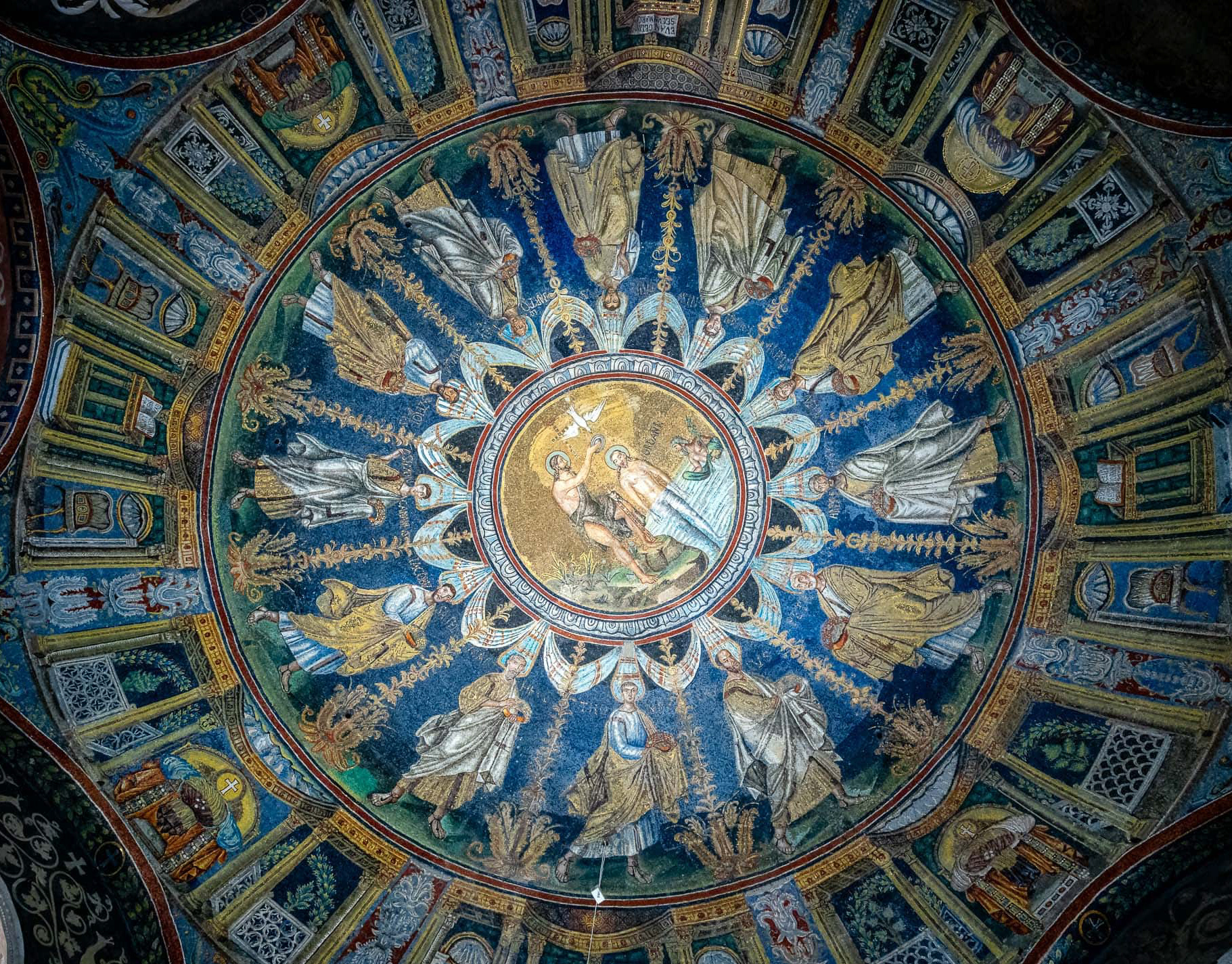I was going to say there’s nothing quite like it. Not about photography; not on the web. Brooks Jensen’s video series “Here’s a Thought” on the art of photography is, itself, a work of art. But in that way there is something else like it.
Every day, for a year now* — from March 2019 to March 2020 — Brooks Jensen, the publisher of Lenswork Magazine (LensWork.com : You can listen to a few of the most recent talks here without being a LensWork subscriber) has published a short, 2-minute, video talk on the art of photography. There are hundreds of small insights, tips, spurs and rules-of-thumb for photographers with one theme: how make and publish photographs as works of art.
(*Update Nov. 2022: Two years after I first published this article, the series continues daily. There are now some 1500 episodes!)
These talks are pages from the notebooks of a thoughtful, widely-admired but unpretentious publisher and photographer who has been practicing his art since the 1980s. It’s a one-to-one tutorial on motivating, conceiving, making, editing and curating photography. Most of all it’s about the discipline needed to make art. But, as the title suggests, there’s no study plan. Instead of marching right up to the question of how to be a photographic artist, Jensen wanders around it stopping, briefly, by lots of different answers to offer a few comments, some suggestions, sometimes a joke. It’s a collection of small entertainments, sure, but with some fascinating ideas included.
What do we see in these videos? Strangely, not a lot. They’re square; not in YouTube's 16:9 ratio. So we see a head-and-shoulders portrait of Jensen that nearly fills the frame. Behind him in most episodes is what seems to be well-ordered shelves of photography books. There’s nothing to focus on but Brooks’ face and expression, as if you were sitting across the table from him, not distracted by anything going on around you. The tight framing makes no room for debate or demonstration. There are no pictures. There’s no discussion except by Brooks; not much even in the comments below video. For good (doubtless) or otherwise, it’s all-Brooks all-the-time.
Sometimes we see him on location. In those videos, once or twice, he’s turned the camera so we see what he sees (Mt Hood in Washington state). One or two videos he made in a hotel room while travelling. But most of the time the only variables — apart from his, fortunately animated, expression — are his shirts. They tip us off to what seems to be production batching: four or five videos with the same button-down-collared shirt neatly pressed, then another four or five in an open-necked check shirt…
What do we hear (or read; there are close-captions if you want)? Almost anything about photographers, doing photography, and the practice and appreciation of art especially, but not exclusively, photographic art. There's very little about cameras or technique. Jensen is more interested in practice than in the practical details; probably because practice is much harder to learn and sustain.
Given their focus, the talks could have been serious, arty and dull. They could easily have been preachy. But Jensen is neither. His tone is pitch-perfect, the delivery is easy and thoughtful: a balance crafted, no doubt, over decades of podcasting and vodcasting.
In such a brief format there’s a danger, too, of sounding glib. But Jensen warrants himself against that. He proofs his own advice by exposing his photography practice in a free, on-line collection of PDF booklets in a series named “Kokoro” where we can observe what use he makes of the ideas he discusses in the videos. We see it works, for him anyway.
Then Jensen is careful to insinuate his views; not to force them on his audience. The title of the collection, “Here’s a Thought”, suggests that each essay is no more than an off-hand remark: a throw-away. This is calculated misdirection, of course. Each 2-minute-or-so talk is, in reality, a small jewel of presentation with a closely-fitted structure. It follows an arch from title to exposition, usually backed by reminiscence, anecdote or example, to a discussion often with counterpoint leading to a final period that is not necessarily a conclusion.
There are stories about famous photographers he has known or studied; ideas he has gathered from reading or music or from studying images as an editor or reviewer. There are stories about his successes and against himself; stories about other artists and what we should learn from other arts: from the novel, for example, or jazz. There are lots of jokes — often on him — at which he laughs himself. There are a few grouches. The pace is relaxed, which is a lot harder than it sounds when you have only a minute or so to make your point. But there are no gaps; no stumbling or forgetfulness.
Of course, Jensen knows his material very well. In these videos he is recycling, and even doubling-up, on his own library. An hour or two spent at Lenswork.com is enough to turn up many similar ideas in different formats. The site hosts stacks of videos, monographs, e-books and copies of Lenswork Magazine, to which he contributed editorials, going back to the early 1990s. His e-books alone (“Single Exposures” 1-3, “Letting Go of the Camera” and “The Creative Life in Photography”) offer scores of short essays on pretty much the same topics as he covers in his current series. The books, in turn, borrow from the transcript of hundreds of audio podcasts Jensen made between 2006 to 2010. Even some of his earliest Lenswork magazine editorials still get a run. For example, somewhere in the last few months of “Here’s a Thought” — I can’t seem to find it right now — Jensen mentions learning from the work of Joni Mitchell. A quick search of the LensWork site turns up an editorial with the same title in the 9th edition of Lenswork — published in the Spring of 1995.
So what is something like Brooks Jensen’s project as an art work?
About nine months into the project (#313 in January, 2020), Jensen talks about a master-work of Yoshitoshi Tsukioka, last of the great Ukiyo-e (woodblock print) artists. Yoshitoshi’s “One Hundred Aspects of the Moon”: a series of dramatic, lyrical prints was published as a book in the last years of his life. Most of the prints feature an image of the Moon, as the title indicates, but — this is Jensen’s point — not all of them. Eleven of the 100 show no Moon because one aspect of the Moon is that it sways people, events, even oceans when its orb is invisible. Jensen reminds us, with this story, that the subject of a photograph is not necessarily what we see in the photograph. It’s a beautiful example of an important and subtle point.
Although Jensen’s and Yoshitoshi’s projects have different scopes and a very different audience, Here’s a Thought is a little like the Ukiyo-e book for its disciplined focus, variety and consistent narrative style. A hundred images (or going-on-400 videos) with the same small dimensions, published in a compact time-frame, fit within a titled series but each distinct from every other.
Both of the authors, I guess, have more at stake than just the sales. But, happily for us, the Here’s A Thought videos, although less spectacular, are also a wonderful achievement, often more fun, and certainly more practical than Yoshitoshi’s prints.









